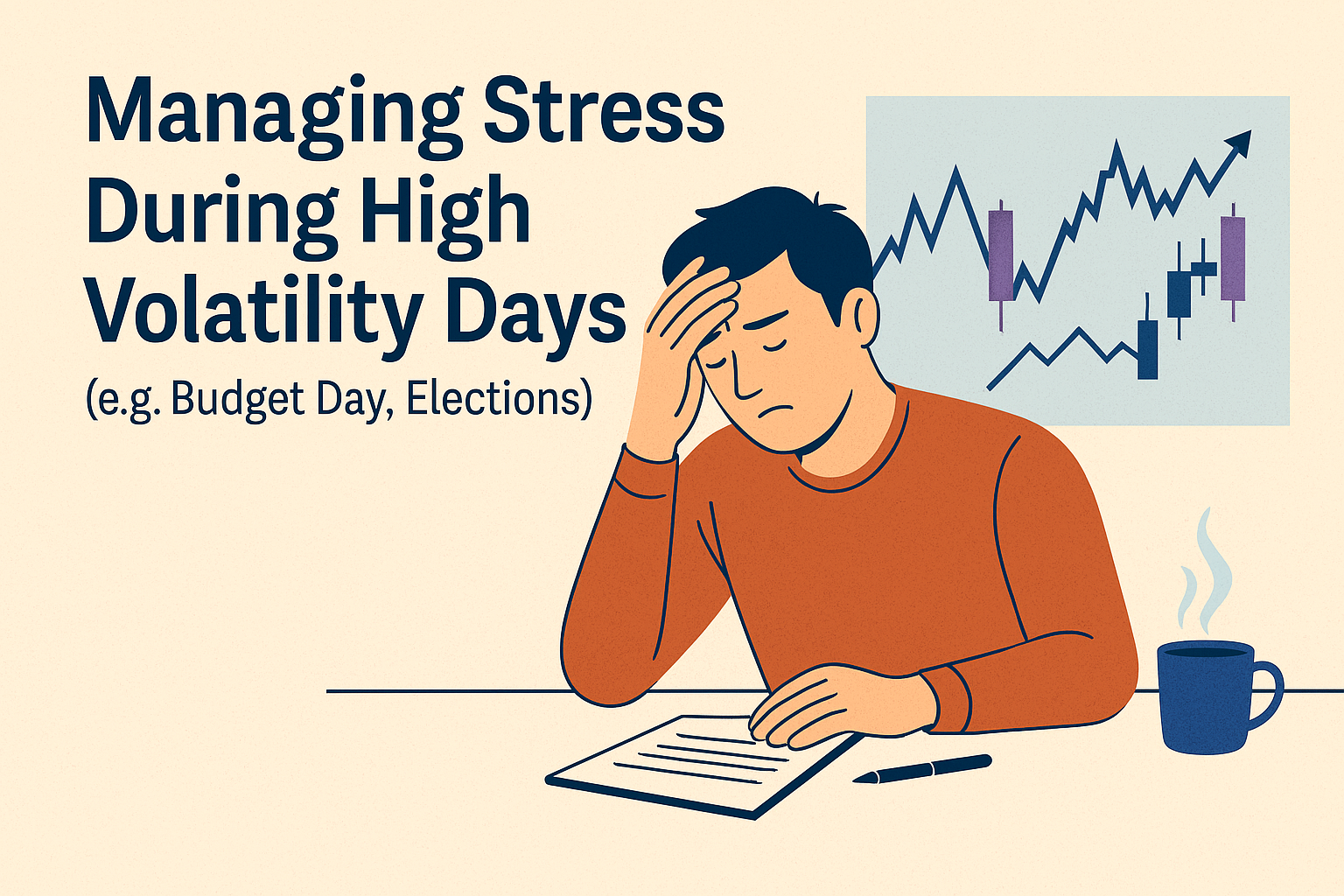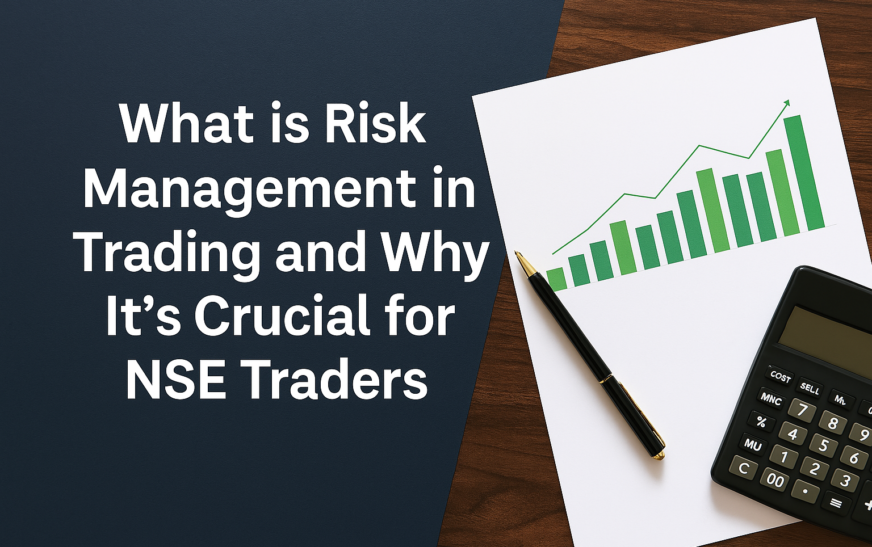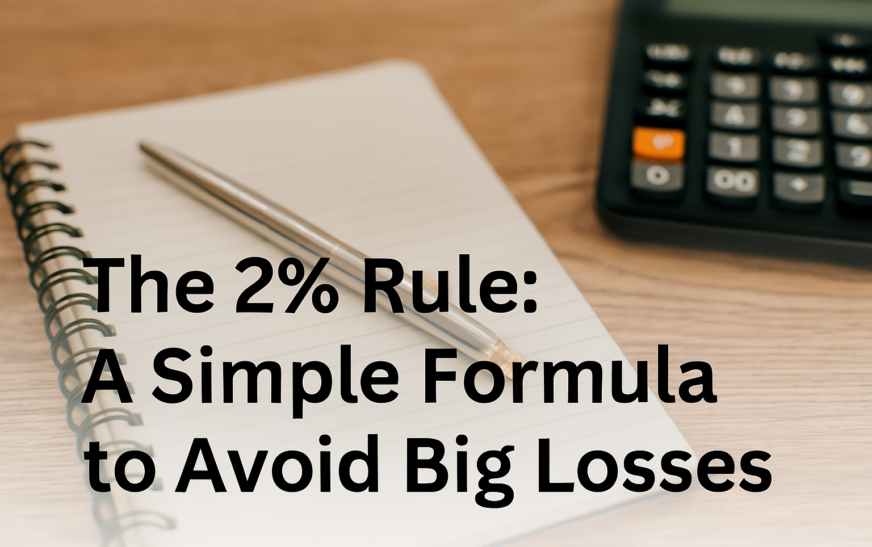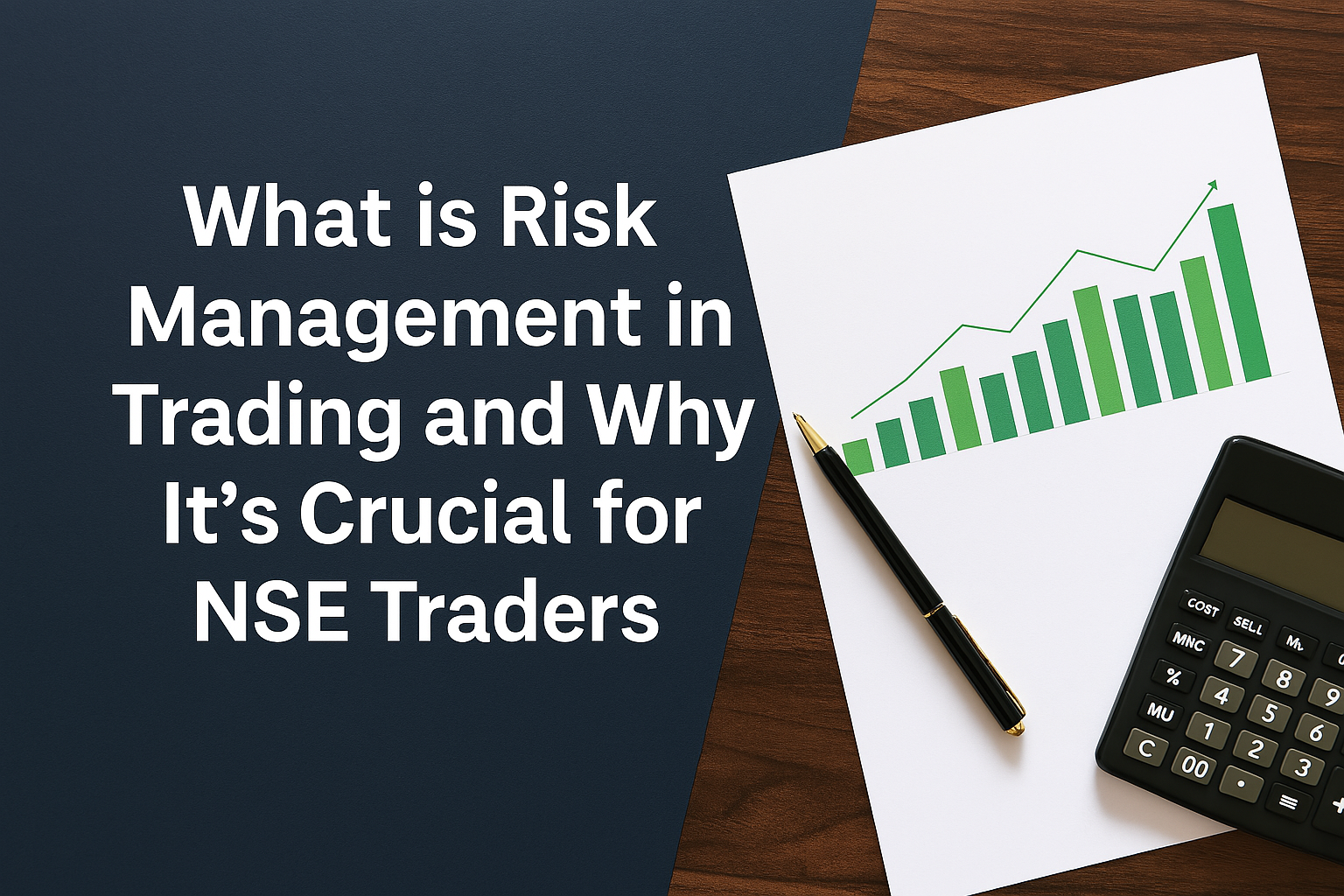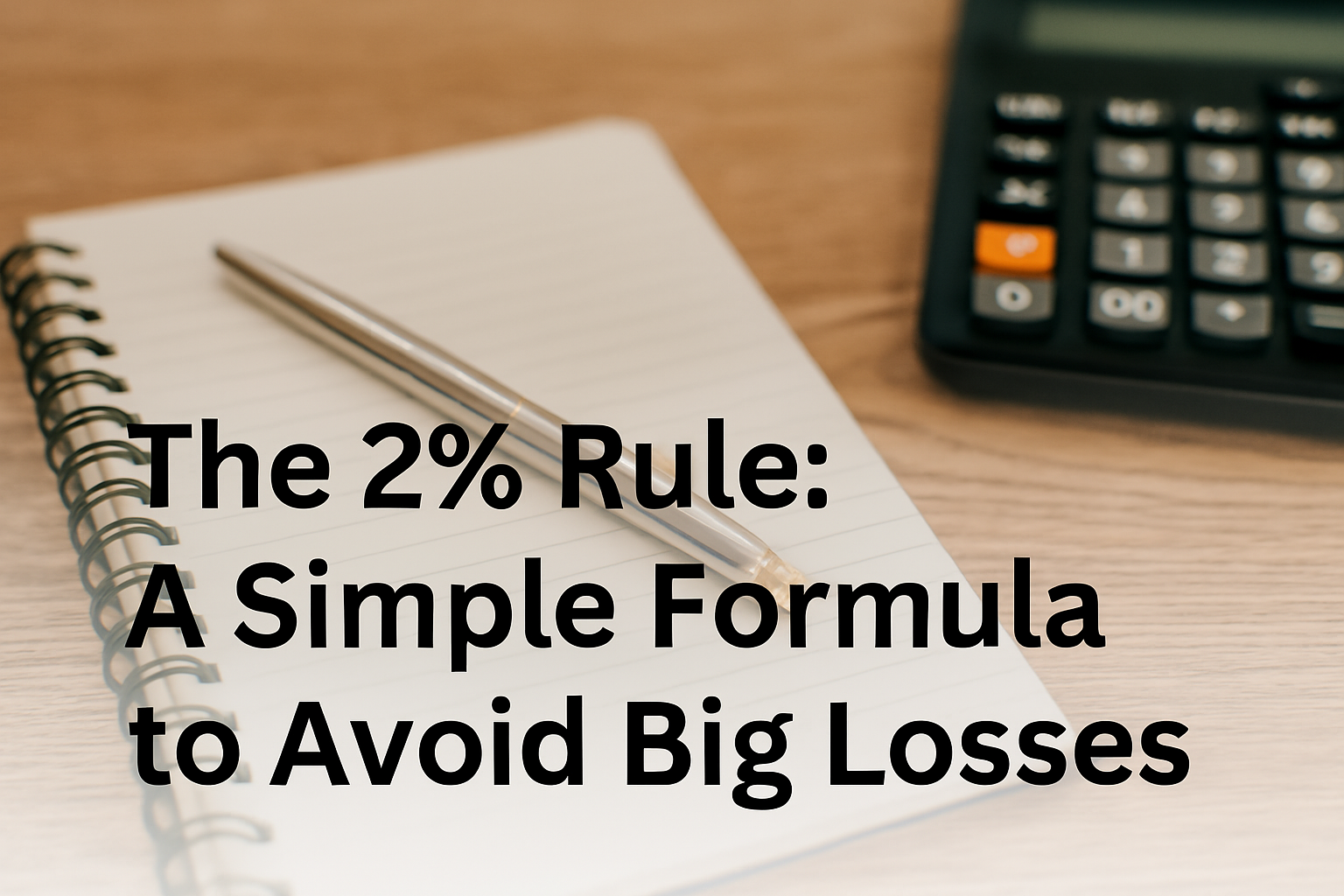Introduction
Risk management isn’t just about where you place your stop-loss—it’s also about how much you trade. Even a good setup can lead to trouble if the position size is too large. Calculating the right position size ensures you control losses, stay disciplined, and trade with confidence.
In this article, we’ll show you how to calculate your position size based on your capital and risk tolerance.
Why Position Sizing Matters
- Protects your capital on every trade
- Keeps risk consistent across different setups
- Prevents emotional stress during drawdowns
- Allows you to scale with confidence as your capital grows
Step-by-Step: How to Calculate Position Size
Step 1: Decide Your Risk per Trade (e.g. 2%)
This is the maximum amount of capital you’re willing to lose on a single trade.
Example:
- Trading capital: ₹1,00,000
- Risk per trade (2%): ₹2,000
Step 2: Determine Your Stop-Loss Distance
This is the difference between your entry price and your stop-loss price.
Example:
- Entry price: ₹500
- Stop-loss: ₹490
- Risk per share = ₹10
Step 3: Use the Formula
Position Size = Risk per Trade / Risk per Share
Using the example above:
₹2,000 ÷ ₹10 = 200 shares
Position Size Table (Quick Reference)
| Risk Per Trade | Stop-Loss (per share) | Position Size |
|---|---|---|
| ₹1,000 | ₹5 | 200 shares |
| ₹2,000 | ₹10 | 200 shares |
| ₹1,500 | ₹15 | 100 shares |
| ₹1,000 | ₹20 | 50 shares |
Use this logic for any stock, F&O, or intraday setup.
Tips for Smart Position Sizing
- Smaller stop-loss = larger position, but only if the setup supports it
- Larger stop-loss = smaller position to stay within your risk limit
- Always use technical levels (support/resistance, ATR) to set stops—not just tight numbers
- Avoid rounding—calculate exact quantity as per your risk formula
- Review weekly to adjust position sizing based on updated capital
Common Mistakes to Avoid
- Trading fixed quantities instead of adjusting by setup
- Ignoring slippage or charges—include them in risk
- Forgetting to reduce size when stop-loss is wide
- Risking more after a losing streak to “recover faster”
Conclusion
Position sizing is one of the most powerful tools in trading—and it’s completely in your control. By calculating your trade size based on your capital and stop-loss distance, you ensure consistency, confidence, and long-term growth. Start applying this rule and you’ll notice a sharp improvement in your discipline and results.



